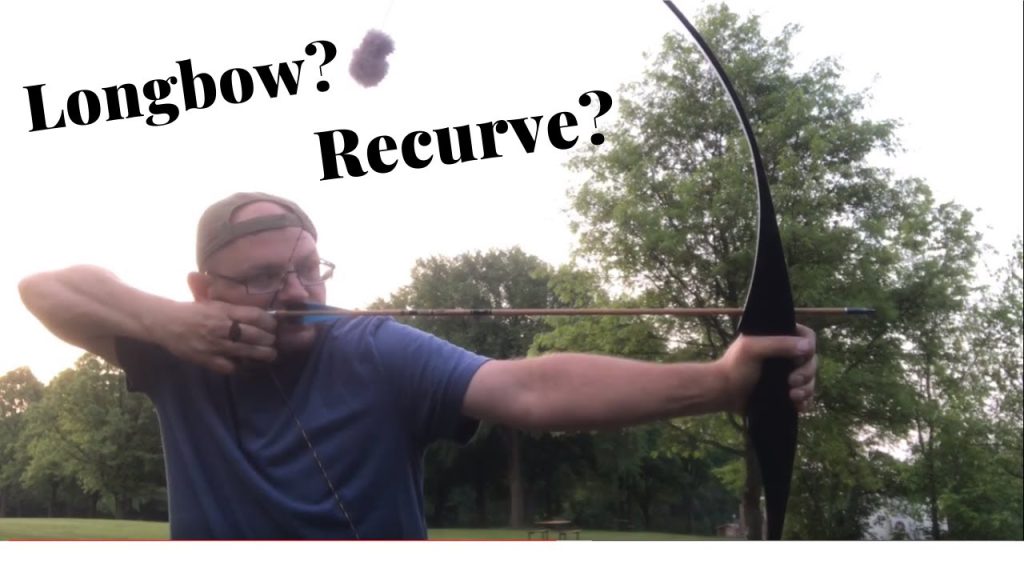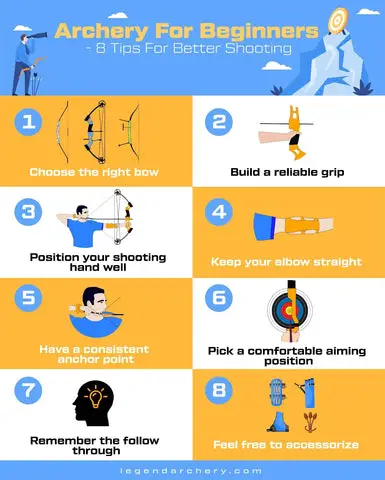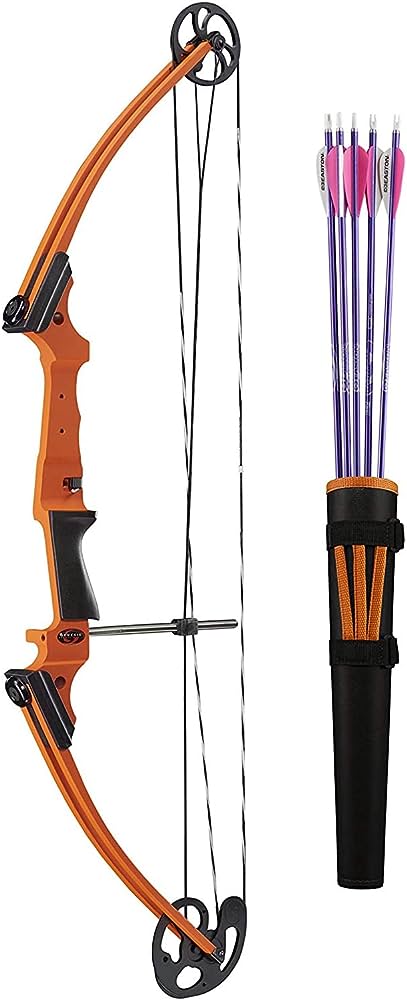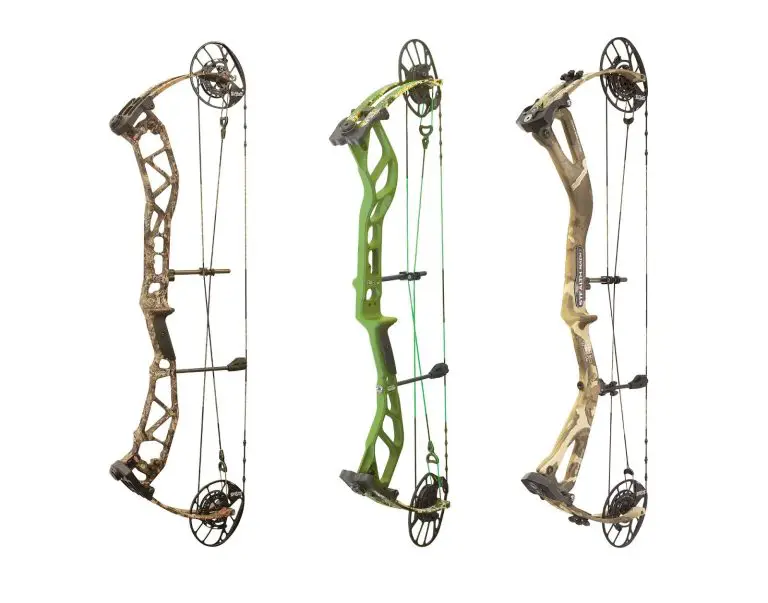Difference Between Longbow And Recurve
The world of archery is steeped in history, with the bow being one of humanity’s earliest tools. Today, we explore the intriguing differences between two popular types of bows: the longbow and the recurve bow. While both have their own unique characteristics and advantages, the longbow is known for its simplicity and historical significance, while the recurve bow offers enhanced power and speed. Whether you’re a seasoned archer or a novice just starting out, understanding the differences between these two bows can greatly enhance your archery experience.

Difference Between Longbow And Recurve:
Longbow and recurve bows are two other types of bows that have their own unique characteristics distinct from compound bows.
A longbow is a simple bow that has a traditional design. Its limbs are straight and evenly curved, giving it a traditional bow shape. Longbows are known for their simplicity and smoothness when shooting. They have a longer length compared to compound bows, which allows for a longer draw length and more power in each shot. Longbows require a high level of skill and precision to shoot accurately due to their lack of mechanical assistance.
On the other hand, a recurve bow gets its name from the distinctive shape of its limbs, which curve away from the archer at the ends. This design allows for more stored energy in the limbs, resulting in faster arrow speeds compared to longbows. Recurve bows are often used in Olympic archery competitions because of their excellent accuracy and stability. Despite the added power and speed, recurve bows are still more challenging to draw and hold at full draw compared to compound bows.
While compound bows offer a range of modern advantages, both longbows and recurve bows have their place in traditional archery. These traditional bows require greater skill and practice to master, but they offer a pure and authentic archery experience that appeals to many enthusiasts.
Design and Shape:
Longbows, with their long and straight limbs, have a simple and elegant design. They often have a classic look, reminiscent of the bows used by ancient civilizations. The traditional design of longbows allows for smoother shooting and a more forgiving shooting experience. The longer length of the bow provides a larger surface area to make contact with the arrow, promoting stability and reducing the chances of the arrow being affected by minor imperfections in the release.
Recurve bows, on the other hand, have a more compact design with limbs that curve away from the archer. This unique shape allows for greater energy storage in the limbs, resulting in faster arrow speeds and increased accuracy. The curved limbs also allow recurve bows to be shorter than longbows while still maintaining a significant draw length. The shorter length of recurve bows makes them more maneuverable and easier to carry, making them popular for hunting and mobile archery activities.
Both longbows and recurve bows come in a variety of materials, including wood, fiberglass, and carbon fiber. The choice of materials can impact the performance, durability, and overall feel of the bow. Some archers prefer the traditional feel of a wooden longbow, while others appreciate the lightweight and modern construction of a carbon fiber recurve bow.
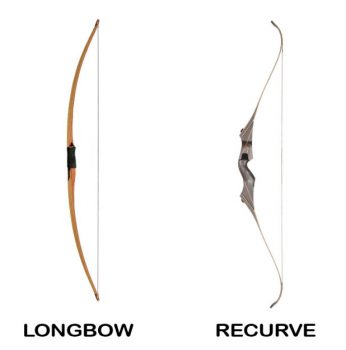
Longbow vs. Recurve in Modern Archery:
In modern archery, both longbows and recurve bows have their place and are used in various disciplines of the sport.
Longbows are often favored by traditional archers who appreciate the simplicity and historical significance of these bows. They are commonly used in traditional archery competitions and historical reenactments. Longbows require excellent form and technique to shoot accurately, as their lack of mechanical assistance means that the archer’s skill is crucial in achieving consistent and precise shots.
Recurve bows, on the other hand, are used in Olympic archery competitions, where accuracy and consistency are paramount. The efficient design of recurve bows allows for faster arrow speeds and greater distances. Recurve bows also offer the advantage of adjustable limbs and accessories, allowing archers to fine-tune their bows to their specific needs and preferences.
While compound bows have gained popularity in many archery disciplines due to their advanced technology and performance-enhancing features, longbows and recurve bows continue to hold their place in the hearts of traditionalists and enthusiasts. These bows offer a unique connection to archery’s roots and provide a challenging and rewarding experience for those who appreciate the art and skill of traditional archery.
In conclusion, understanding the various types of bows, including compound bows, longbows, and recurve bows, is essential for any archery enthusiast. Each type of bow has its own advantages and disadvantages, and choosing the right bow depends on individual preferences, shooting style, and intended use. Compound bows offer unparalleled power, speed, accuracy, and adjustability, making them a popular choice for many archers. However, for those who appreciate tradition and seek a more challenging and authentic archery experience, longbows and recurve bows provide a timeless connection to the ancient art of archery. Whichever bow you choose, the world of archery offers a rich and fulfilling journey filled with skill development, camaraderie, and the thrill of hitting the bullseye.
